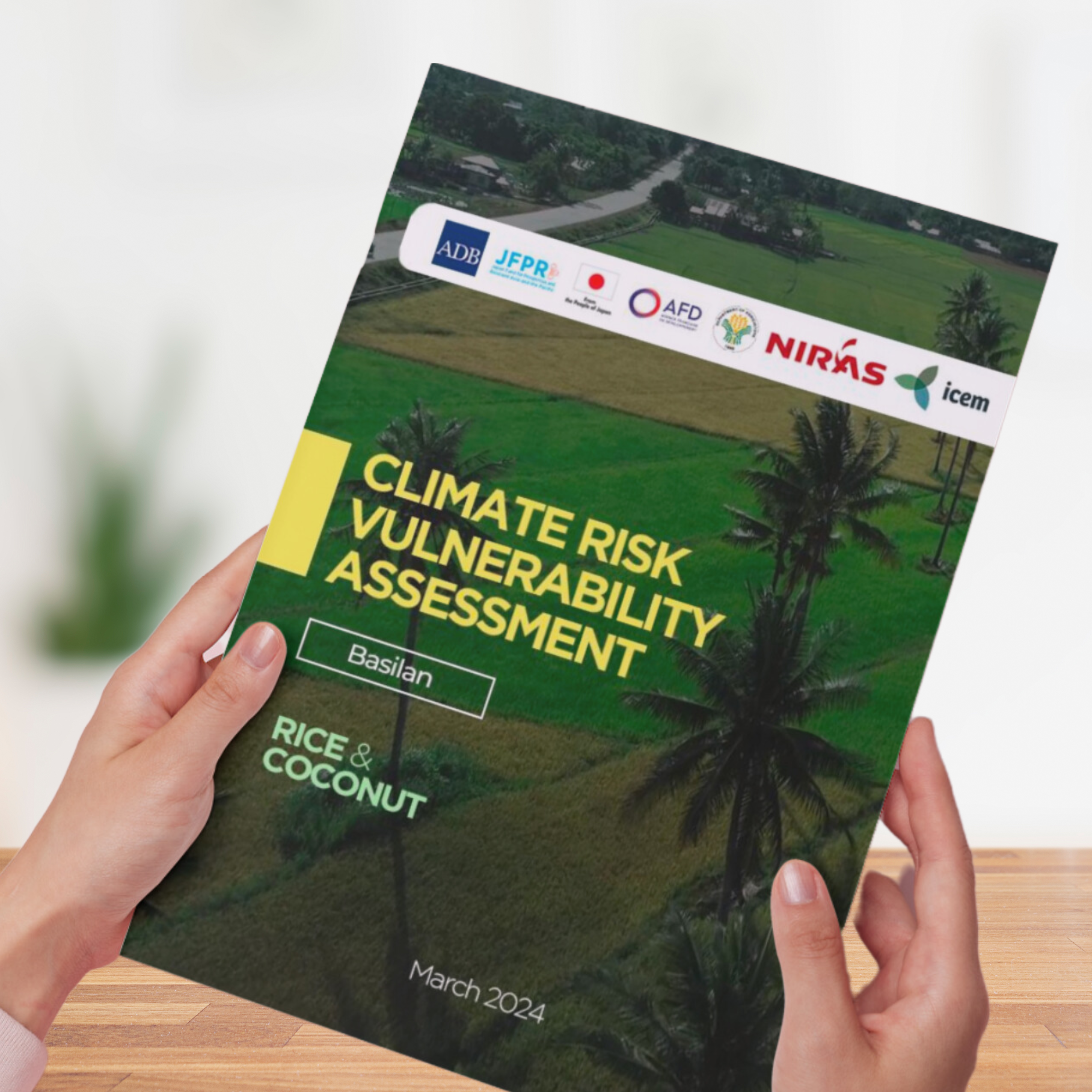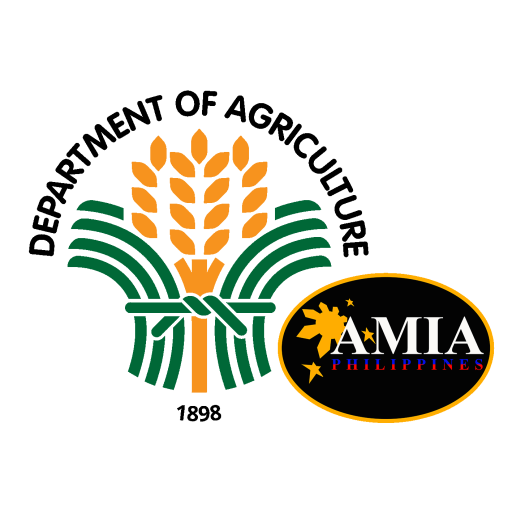
The Department of Agriculture (DA), through the Climate Resilient Agriculture Office (CRAO) and in collaboration with its partners, has completed the conduct of the Climate Risk Vulnerability Assessment (CRVA) for the six provinces of the Bangsamoro Autonomous Region in Muslim Mindanao (BARMM) in March 2024.
A comprehensive assessment framework of vulnerability linked to climate risks, CRVA aims to identify which communities are most vulnerable to climate change impacts to ensure that strategic and effective investments and interventions can be made to help communities adapt to climate change.
The conduct of the CRVA for the BARMM provinces was made possible through the Asian Development Bank (ADB) Technical Assistance (TA) for Agriculture, Natural Resources, and Environment (ANRE) under Subprogram 2 – Reform Area 2: Resilience to Climate Impacts Enhanced of the Climate Change Action Program (CCAP). In coordination with the Ministry of Fisheries, Agriculture and Agrarian Reform (MAFAR) of BARMM, the series of data collection and validation activities for the project was completed in less than three months. This was achieved through the full support given by the MAFAR provincial directors and representatives from the Municipal/City Agriculture and Municipal Planning and Development offices of the six BARMM provinces, including Maguindanao del Norte, Maguindanao del Sur, Lanao del Sur, Basilan, Sulu, and Tawi-Tawi.
The swift accomplishment of the project is attributed to the developed automated CRVA system, supported by the same ADB-TA. This system has improved the data gathering and processing requirements using artificial intelligence (AI) technology and available geospatial data, cutting the CRVA process in terms of time and cost requirements. Data gathered for the major components of vulnerability–including exposure to hazards, sensitivity of crops to changes in temperature and precipitation, and adaptive capacity or the ability of a system to adjust to climate change–were obtained and submitted for validation by the municipalities’ representatives using secondary sources.
Results of the vulnerability assessment
The results of the vulnerability assessment revealed that the majority of the areas producing the priority commodities in each of the BARMM provinces, including rice, coconut, and banana, have high vulnerability to climate change impacts.
Most areas in all six provinces are susceptible to erosion, while the majority of areas in the provinces are at risk of landslides. Additionally, most areas in Lanao del Sur, Maguidanao del Norte, and Maguindanao del Sur also face the hazard of flooding. Meanwhile, most areas in Basilan and Tawi-Tawi are also susceptible to storm surges, while Sulu and Maguindanao del Norte are also at risk of drought.
In terms of sensitivity, future projections using the Representative Concentration Pathways (RCP) 8.5 scenario, which refers to high-emissions scenario, showed less conducive environments for rice and coconut production throughout the provinces of Tawi-Tawi, Sulu, Maguindanao del Sur, Maguindanao del Norte, and Lanao del Sur. Additionally, banana production will be less conducive in areas throughout Lanao del Sur. In Basilan, there would also be less conducive environments for coconut production throughout the whole province, but it will be more suitable for rice cultivation in the future.
In terms of the ability to adapt to climate change, the results of the CRVA showed that the municipalities in all six provinces generally have low adaptive capacity due to limited human, physical, and economic capitals.
Increasing climate resilience
To help guide the BARMM provinces in addressing their climate vulnerabilities and enhancing their resilience, the reports outlined specific recommendations on the viable climate resilient agriculture (CRA) practices and technologies that they can adopt.
These include, among others, the cultivation of more resilient crops, the adoption of sustainable agricultural practices, crop diversification, and various technological innovations. Nature-based solutions that promote both environmental protection and socio-economic development of communities were also recommended for all provinces.
DA CRAO and Adaptation and Mitigation Initiative in Agriculture (AMIA) Program Director Alicia G. Ilaga emphasized that the results of the CRVA are critical for climate-risk-based planning and delivery of location-specific services and targeted interventions in the agriculture sector. She added that given this information, the judicious use of limited and scarce resources can be properly prioritized.
“The main purpose of the CRVA is to assist agricultural planners in identifying the exposure of communities to climate risks which threaten their production systems and livelihoods, as well as to determine their capacities to respond to these threats. With this important information, short-term and long-term adaptation measures and interventions that are both evidence- and science-based can be identified to help build climate-resilient and sustainable agricultural communities,” Dir. Ilaga explained.
The Director thanked all partners in the project, especially the ADB, for the support and technical assistance it provided in conducting the CRVA for the BARMM provinces.
To date, the DA, through CRAO, has completed the vulnerability assessment for 70 provinces in the Philippines.
The results of the CRVA can be accessed through the Adaptation and Mitigation Initiative in Agriculture (AMIA) Program website at amia.da.gov.ph. ### (Joy F. Calvar, DA CRAO)
